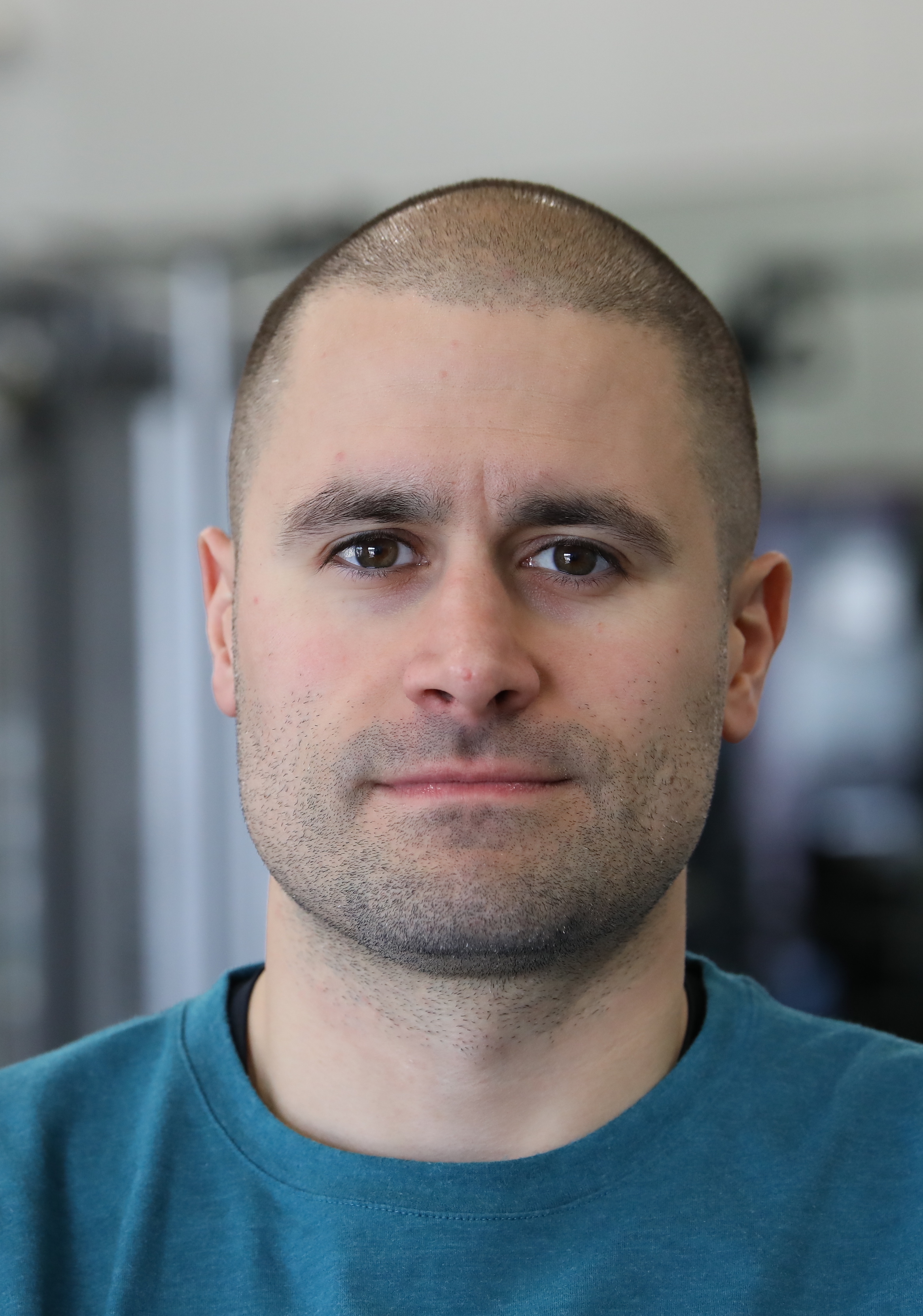5 MISTAKES NEW LIFTERS SHOULD AVOID AT ALL COSTS

It kills me to see people start up a new weight lifting habit only to crash and burn due to unnecessary mistakes. Why is it important to include responsible lifting in your approach to being awesome? To put it simply, lifting heavy stuff the right way makes you strong and strength drives performance. I want your lifting habit to last forever so let's cover 5 completely avoidable mistakes that new lifters commonly make:
1. Thinking complicated is better:
It's easy to see how some would assume that for a lifting program to be effective it needs to be long and complicated. New lifters tend to jump into complicated programs, get overwhelmed, and say "screw it I'm going back to jogging."
When it comes to strength training I've found that the more basic the program, the more effective the program. I've also noticed that some of the most successful and long lasting pro athletes that I've worked with have some of the most basic routines. The thing is that they never waiver from them.
Basic programs are easier to comply with especially for a novice lifter. If you are just getting into lifting you should look for a program that has 3-6 exercises per workout.
2. Ignoring form:
First time lifters often make the mistake of ignoring form during movements because they are just focused on how hard the work is. Beginner lifters often stumble when poor form leads to a lack of results, injury or both. Remember that resistance training is skill and precise form is crucial while executing any skill in any discipline.
3. Letting DOMS scare you off:
If lifting hasn't been a part of your normal fitness approach it's likely that you'll be sore as crap after lifts for the first few weeks. This intense post-workout soreness is known as Delayed Onset Muscle Soreness.
Hang in there - Once your body adapts to making resistance training a focus of your fitness work the intensity and duration of the dreaded DOMS will typically become more reasonable.
4. Skipping the assessment:
Many failed attempts at starting a weight lifting habit can be traced back to skipping the assessment. A quality assessment or evaluation of how you move and where your limitations are is the trick to avoiding unnecessary problems during strength training programs. It's the difference between driving in the dark with a dimly lit lantern on the hood and turning on the high beams.
Find a skilled physical therapist or performance training professional who values the assessment. This will help you figure out where to go and what to avoid during your strength training work. Don't have time to get to a clinic? Sign up for a free online consultation that will put you on the right track.
5. Forgetting to adjust nutrition:
Light cardio and a few crunches every few days is much different than a training program that includes regular bouts of intensely pushing heavy weight around. The latter will likely require adjusting how you eat to support this type of activity.
I see one of two nutritional mistakes by rookie lifters: 1. Making no nutritional adjustments or 2. Over adjustments - unless you're entering a powerlifting or body building program, you don't need to be setting alarms for feeding times or starting an intravenous drip of protein.
Here are 3 easy ways to support your new lifting habit:
1. Get enough protein:
Everyone is different but you probably have a protein sweet spot somewhere between .6-.9 grams of protein per pound you weigh per day.
If you're a hard gainer and muscle gain is you're goal then you'll probably be on the higher end of that range. If maintaining is your goal then the middle of that range is likely best.
2. Use healthy fats to your advantage:
Healthy fats such as those found in avocado, coconut, nuts, olive oil, pastured butter/other full fat pastured dairy, wild/oily fish, egg yolks, grass-fed beef, pastured chicken (skin on), lamb and humanely raised pork are your friend. These fats will help you to get your calories up from a healthy source which will help to support muscle growth and recovery after lifting.
5 HEALTHY WAYS TO INCORPORATE FULL-FAT FOODS INTO YOUR DIET
3. Eat enough:
Lifting can make you more hungry than normal. This is your body's way of telling you it needs more to support your new lifting habit.
If you're a hard gainer looking to gain muscle then plugging healthy snacks between meals and going for seconds at mealtime may be necessary. Simple rule: eat healthy stuff when you're hungry and sometimes even when you're not hungry.
If you're looking to maintain, eat until you're comfortably full or a little over that at mealtimes. When you find yourself craving snacks constantly it's a sign that you're not getting enough food at mealtimes.
Like what you read?
Sign up now to get the latest tips and advice
Tim DiFrancesco, PT, DPT, ATC, CSCS spent 6 seasons as the Head Strength & Conditioning Coach of the Los Angeles Lakers and is the founder of TD Athletes Edge. He is nationally renowned for his evidence-based and scientific approach to fitness, training, nutrition, and recovery for athletes and fitness enthusiasts.
For training and nutrition advice, follow us on:
• Twitter http://twitter.com/tdathletesedge
• Facebook http://www.facebook.com/tdathletesedge
• Instagram http://instagram.com/tdathletesedge
• YouTube https://www.youtube.com/user/tdifranc1
• Sign up for our newsletter and follow our blog at http://www.tdathletesedge.com
ABOUT THE AUTHOR

Tim DiFrancesco, PT, DPT spent 6 seasons as the Head Strength & Conditioning Coach of the Los Angeles Lakers and is the founder of TD Athletes Edge. He is nationally renowned for his evidence-based and scientific approach to fitness, training, nutrition, and recovery for athletes and fitness enthusiasts.
